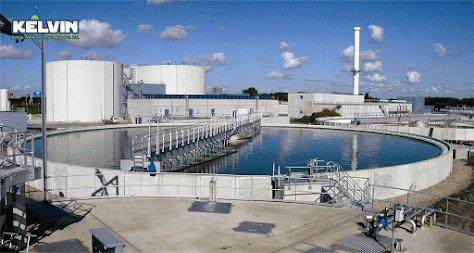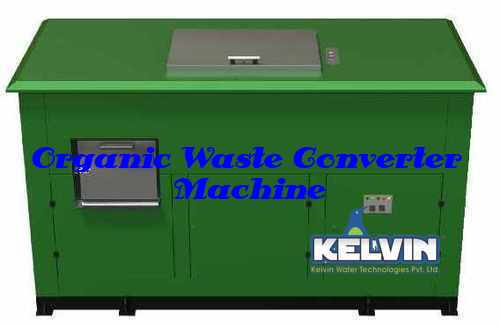Type of Sewage Treatment Plant for Waste Water Treatment
Sewage treatment is a process that eliminates impurities from the wastewater coming from households using certain filtration systems such as STP plant , the wastewater is treated to make it safe for reuse purposes via sewage treatment plant, and it can also be safely discharged into the environment Types of STP plants Sequential batch reactor The batch the reactor uses a stimulated waste technique which simultaneously is performed under sequential sections of biological treatment, the aeration and dirt sinking both occur in the same reservoir. The reactors are packed sequentially to implement different operations such as anoxic/oxic fills, decant and waste sludge. Portable bed bioreactor The reactor media stays postponed, this facilitates the microbes to flourish. The growth of biofilm on the surface shifts with chamber water which results in biomass. The plants are updated and renewed to substantially raise the amount of BOD and nutrient elimination capacity; this STP pl

